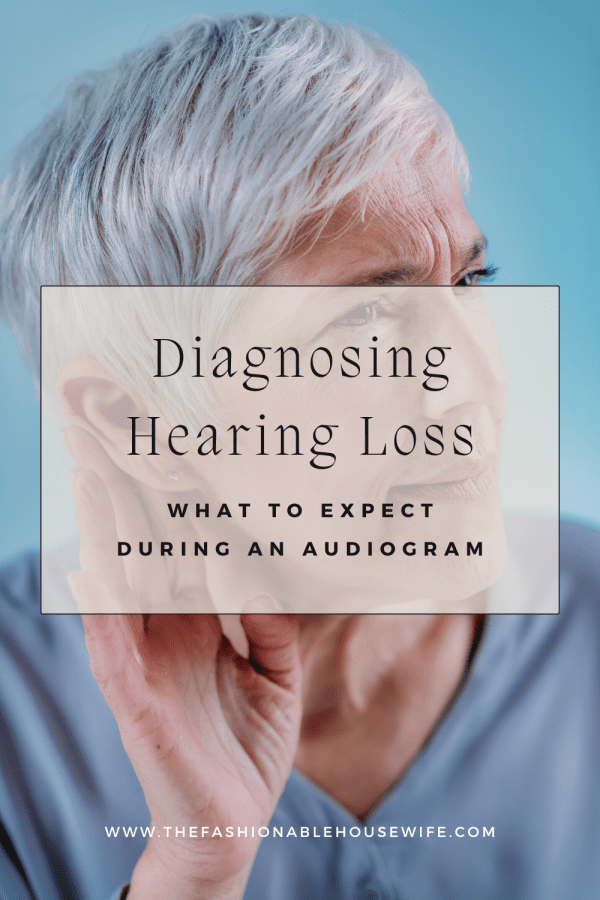
Hearing loss affects millions of people across the globe. It can have a significant impact on a person’s quality of life. Fortunately, modern medicine has made great strides in diagnosing and managing hearing impairments. An important part of this process is improvements in audiograms. These comprehensive evaluations of people’s hearing are the key to diagnosing and treating hearing loss.
Understanding a Hearing Loss Diagnosis
Diagnosing hearing loss involves a series of steps. It begins with recognizing the signs and symptoms of hearing loss. Common indications include difficulty understanding speech and frequently asking others to repeat themselves. They also include turning up the volume on televisions and other electronics to extreme levels. People who are dealing with hearing loss may feel isolated in social situations as well because of their communication challenges. If these signs are present, seeking a professional evaluation from an audiologist like those at a national hearing center is crucial.
During an initial consultation, a healthcare provider will physically examine the ears to identify any visible problems, such as earwax blockages or infections. They might also recommend an audiogram. This is a painless and non-invasive test that provides valuable insights into a person’s hearing capacity.
The Audiogram Process
An audiogram is typically conducted in a soundproof booth to eliminate external noises that could affect the test’s results. It’s administered by an audiologist, a trained professional who specializes in evaluating hearing function. During an audiogram, you can expect the following measures.
Pure-Tone Testing
This is the core component of an audiogram. You’ll wear headphones and listen to a series of tones played at various frequencies and intensities. When you hear a tone, you’ll indicate by raising your hand or pressing a button. The results are plotted on a graph called an audiogram, which shows your hearing thresholds for different frequencies.
Air and Bone Conduction Testing
Two methods are used to evaluate the conductive and sensorineural components of hearing. Air conduction testing involves listening to tones through headphones while bone conduction testing involves a bone oscillator placed behind the ear. These tests help determine whether the hearing loss originates in the outer or middle ear or the inner ear or auditory nerve.
Speech Testing
Speech testing evaluates your ability to understand speech at different volumes. You’ll listen to recorded words or sentences and repeat them back. This provides insight into your speech discrimination ability and helps determine the impact of your hearing loss on communication.
Masking
If there’s a significant difference in hearing thresholds between your ears, masking might be used. This involves presenting a sound to one ear to prevent it from interfering with the testing of the other ear. It can give the audiologist a clearer, more accurate picture of your hearing loss if necessary.
Interpreting the Results
Once the audiogram is complete, the results will be plotted on a graph. The audiologist will explain what the different symbols and lines on the graph mean. The severity of your hearing loss will be categorized as mild, moderate, severe, or profound based on the extent of hearing loss and the frequencies affected.
What to Expect After the Audiogram
Following the audiogram, the audiologist will review the results with you and discuss appropriate treatment options. Depending on the type and degree of hearing loss you have, recommendations might include hearing aids, cochlear implants, medical intervention, or simple lifestyle adjustments to cope with the impairment.
Overcoming Hearing Loss
An audiogram is an essential tool in diagnosing and understanding hearing loss. By undergoing this simple yet comprehensive test, people can better understand their hearing abilities and take steps to improve their quality of life. If you suspect hearing loss, seeking a professional evaluation and undergoing an audiogram can be the first steps toward a world of clearer communication and better hearing.








